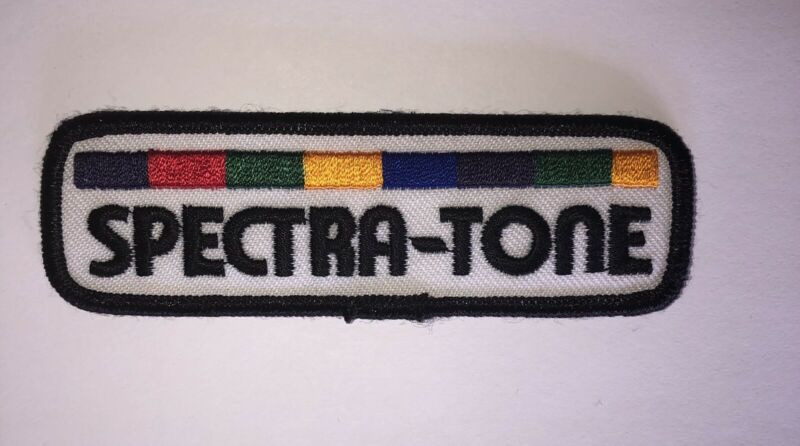


When light strikes Vantablack, instead of bouncing off, it becomes trapped and continually deflected amongst the tubes, absorbed, and eventually dissipated as heat. Properties Vantablack grown on metal foilĬVD Vantablack is composed of a forest of vertical carbon nanotubes "grown" on a substrate using a modified chemical vapor deposition process. When applied to three-dimensional objects, Vantablack produces the appearance of a two-dimensional surface or void space. Visual characteristics Īs Vantablack is composed of carbon nanotubes that absorb exceptionally high levels of visible light, it is widely considered one of the darkest pigments created. During the first showing of the colour, Chase, alluding to Vantablack, stated that "its possibilities have been stunted by not being available to experiment with", and Singularity Black's release was important to create access. In response, Nanolab, a Waltham, Massachusetts-based carbon nanotube manufacturer, partnered with Boston artist Jason Chase to release a nanotube-based black paint called Singularity Black. Many artists voiced opposition to his monopoly over the substance. Controversy Ĭontroversy arose when Surrey Nanosystems granted Anish Kapoor exclusive rights to use Vantablack in artistic applications. In 2015, production was scaled up to meet demand in the aerospace and defense sectors. The first orders were delivered in July 2014. Several other firms also distribute vertically aligned nanotube arrays, including NanoLab, Santa Barbara Infrared and others. Īs of 2022, Vantablack coatings are very costly, and Surrey NanoSystems refuses to supply them to private individuals and provides samples only for applications they deem "valid". The Vantablack name is trademarked by Surrey NanoSystems Limited, and is referenced in three patents registered in the United States Patent and Trademark Office. History īen Jensen, founder and CTO of Surrey NanoSystems, invented the coatings, which were publicly unveiled in July 2014, and eventually commercialized by the scientific team from Surrey NanoSystems.Įarly development occurred at the National Physical Laboratory in the UK the term "Vanta" was coined later in its development. Original CVD Vantablack is no longer manufactured for commercial applications as it has been superseded by Vantablack spray coatings that offer similar optical performance in key parts of the electromagnetic spectrum. The coatings are unique in that they are super-black and retain uniform light absorption from almost all viewing angles. The original Vantablack coating was grown from a chemical vapour deposition process (CVD) and is claimed to be the "world's darkest material", absorbing up to 99.965% of visible light measured perpendicular to the material. The name is a combination of the acronym VANTA ( vertically aligned nanotube arrays) and the shade black. Vantablack is a class of super-black coatings with total hemispherical reflectances (THR) below 1% in the visible spectrum. It does not store any personal data.Chemical compound Wrinkled aluminium foil with a portion-equally wrinkled-coated in Vantablack

The cookie is set by the GDPR Cookie Consent plugin and is used to store whether or not user has consented to the use of cookies. The cookie is used to store the user consent for the cookies in the category "Performance". This cookie is set by GDPR Cookie Consent plugin. The cookies is used to store the user consent for the cookies in the category "Necessary". The cookie is used to store the user consent for the cookies in the category "Other. The cookie is set by GDPR cookie consent to record the user consent for the cookies in the category "Functional". The cookie is used to store the user consent for the cookies in the category "Analytics". These cookies ensure basic functionalities and security features of the website, anonymously. Necessary cookies are absolutely essential for the website to function properly.


 0 kommentar(er)
0 kommentar(er)
